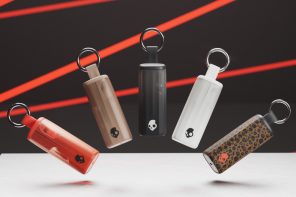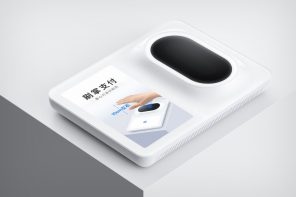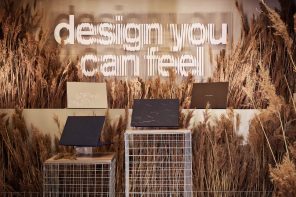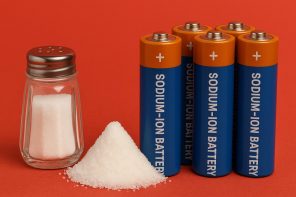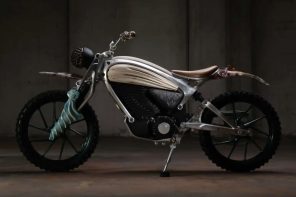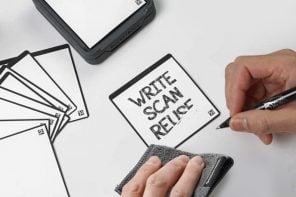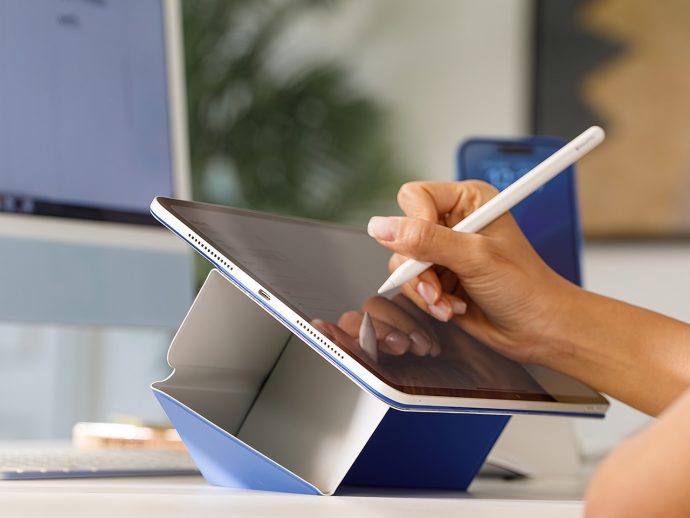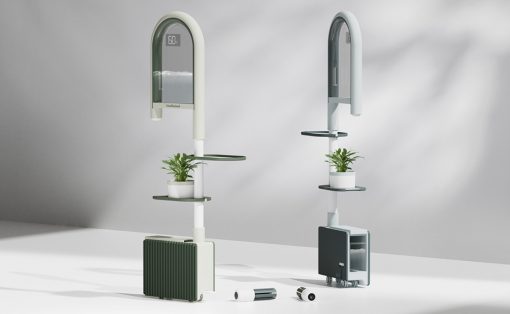Just when everyone is leveraging the power of artificial intelligence (AI), why should avid LEGO fans not dig a share in the pie? Dutch creator, YouTuber, and master brick builder Sten, thought of the obvious and set out to harness the power of AI and built a printing machine entirely from LEGOs that can print any subject into identical pixel art.
The entire building process, along with a demo pixel art made from LEGO pieces, has been documented by Sten on his YouTube channel, Creative Mindstorms. The Pixelbot 3000, as the LEGO printer is called, Sten informs, is ‘capable of creating pixel art of anything using AI.’
Designer: Creative Mindstorms
![]()
![]()
The Pixelbot 3000 is programmed in Python using help from DALL-E from OpenAI. Sten has managed to program, and create software-hardware integration, in such a manner that you simply ‘type a subject line, hit start’ and the printer takes on from there.
![]()
![]()
Sten informs, in the video, that he started with inspiration from LEGO printers such as Briccasso, but over time had to improvise a great deal – both with the code customization and the machine functionality – to achieve what he set out to build. He initially used 16 x 16 base plates to print the developed pixel art, but it was later changed to a 32 x 32 grid for better result output.
![]()
![]()
The basic operation of Sten’s LEGO machine is similar to that of a pick-and-place machine, which has been precisely programmed and created to place large-size LEGO pieces with surprising accuracy on the 32 x 32 grid base plate. Moreover, the machine is designed to pick colors – according to the picture’s demand – and place brick-by-brick to achieve the identical pixel art of an AI image generated. Since LEGO brick colors are limited, Creative Mindstorms reduced its machine’s color palette to 15 base colors including a white background.
![]()
![]()
The machine does not at any point rely on designing the art or scanning it. It instead uses AI to generate pixel art (using LEGOs) of the image generated in the software. The user can preview the generated image, crop and color grade it, before saving it for printing. When commanded for print, the image is divided into 32 x 32 grid, color and center of each pixel on the base plate is sampled, and the pixel art is then built piece by piece. In the testing, Sten asked AI to create a ‘quirky robot holding a sunflower,’ you can check out how it came out in the video above.
![]()
![]()
![]()
![]()

